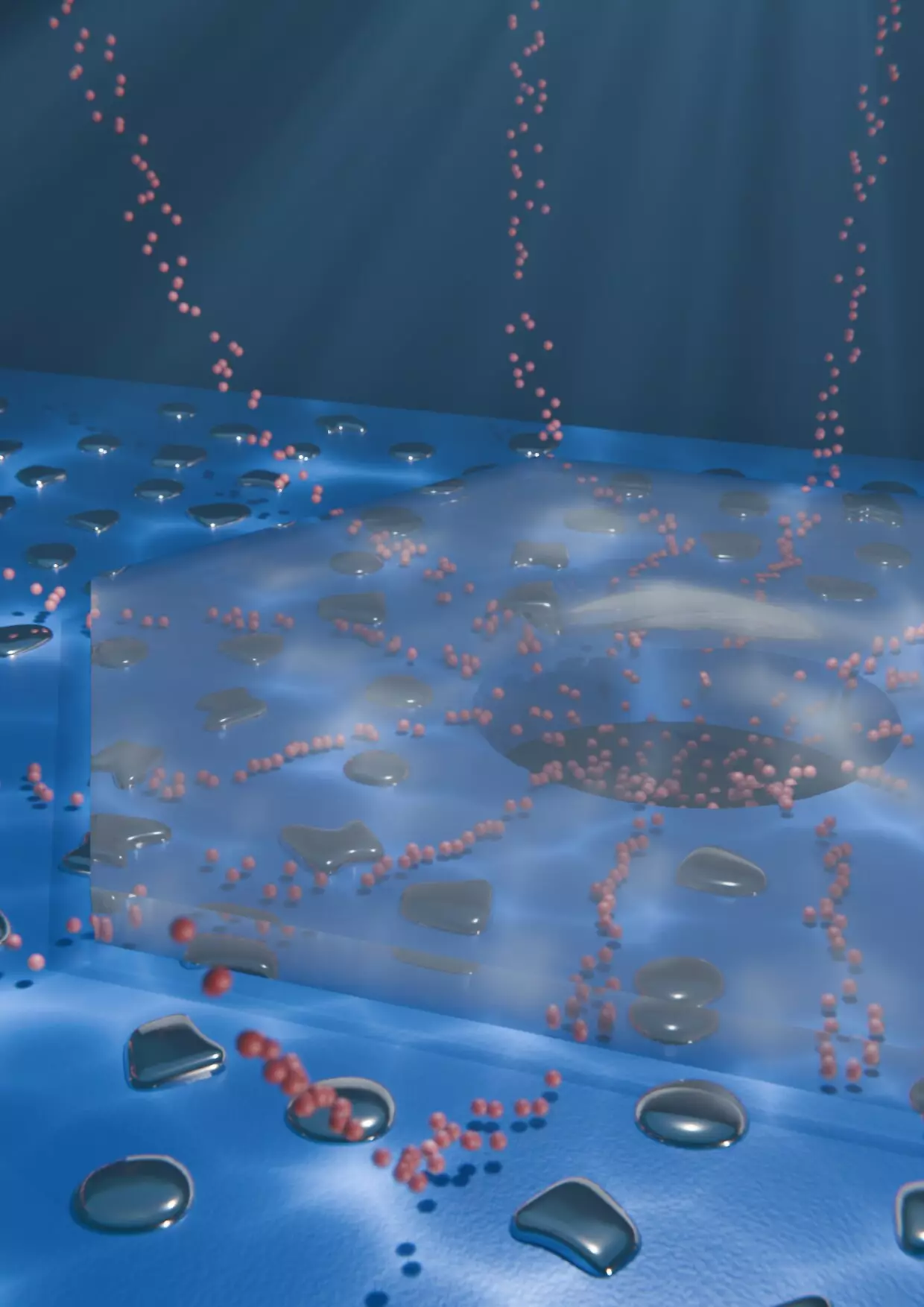Memory storage is a crucial function in both computers and human brains. While traditional computers rely on shuttling data between memory units and a central processing unit, new research is aiming to revolutionize this process. One such breakthrough is the development of nanofluidic memristive devices that use ions instead of electrons and holes to compute and store data, mimicking the brain’s energy-efficient information processing.
The Nanofluidic Memristive Device
The research conducted by Aleksandra Radenovic and her team at the Laboratory of Nanoscale Biology (LBEN) at EPFL’s School of Engineering has resulted in the creation of a functional nanofluidic memristive device. This device can switch between two conductance states by utilizing different ions in an electrolyte water solution. By creating a nanopore in a silicon nitride membrane and adding palladium and graphite layers, the researchers were able to fabricate nano-channels for ions, allowing for the manipulation of memory states based on ion flow.
Unlike traditional electronic memristors, which rely on electrons and holes, the nanofluidic memristive device developed by LBEN can utilize a variety of ions such as potassium, sodium, and calcium. This flexibility allows for the tuning of memory within the device, affecting its switching behavior and memory storage capacity. The ability to change ions provides a scalable and highly performant solution for memory applications.
The groundbreaking research conducted by Radenovic’s team has been published in Nature Electronics, showcasing the potential for further advancements in memory technology. By observing the memory action of highly asymmetric channels (HACs) in real-time and connecting them to form logic circuits based on ion flow, the researchers have paved the way for future innovations. The next goal is to create fully liquid circuits by connecting a network of HACs with water channels, offering both a cooling mechanism and bio-compatible devices for applications in brain-computer interfaces and neuromedicine.
The development of nanofluidic memristive devices represents a significant leap forward in memory storage technology. By harnessing the power of ions and mimicking biological processes within the brain, researchers are bringing us closer to creating brain-inspired liquid hardware that can revolutionize the way we store and process information. The future of memory storage is bright, with endless possibilities for innovation and advancement in the field of nanofluidic devices.


Leave a Reply